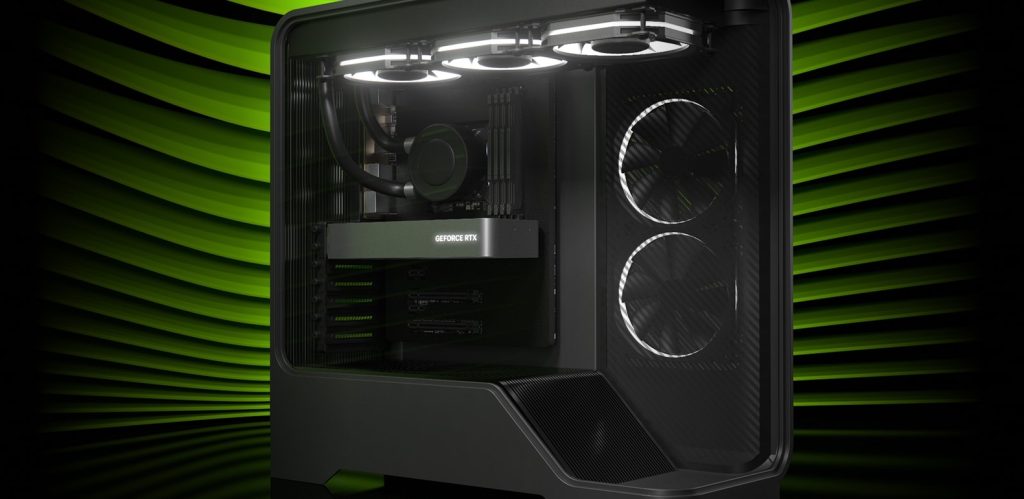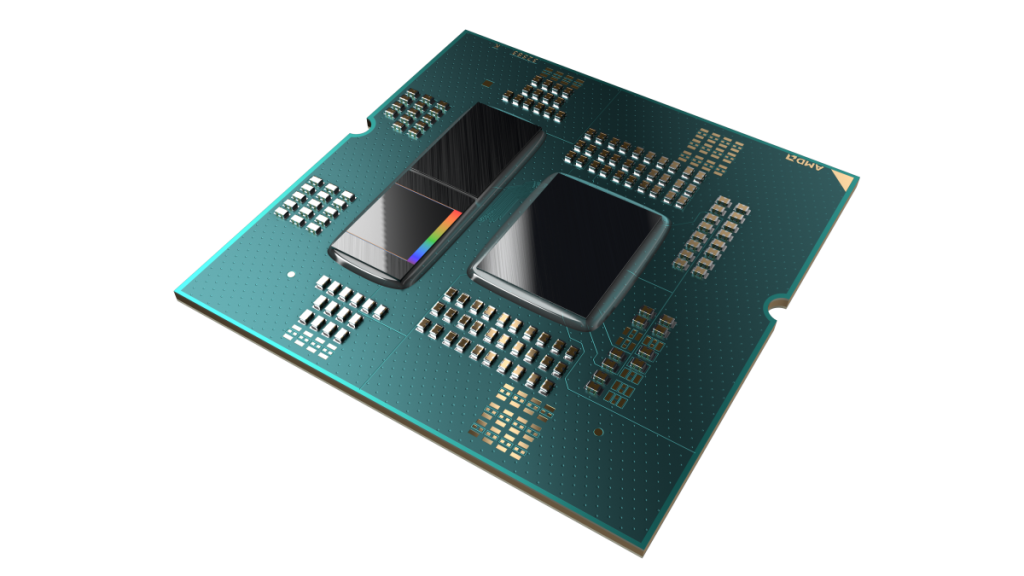Visual Instruments reveals transparent PC monitor with impressive peak brightness
Transparent display technology is not new, having been featured in various concept laptops and signage for years. However, a new company called Visual Instruments is attempting to bring the technology to the mainstream desktop with its new Phantom monitor, a display it claims is the first practical “transparent computer monitor”.
Unlike standard transparent OLEDs, the Phantom (via Tom's Hardware) uses technology akin to a vehicle's heads-up display. The image is not generated on the glass itself but is projected onto it using mirrors, as Visual Instruments claims this method is currently the most sophisticated way to achieve a see-through effect.

The monitor also features what Visual Instruments calls “dynamic opacity”, allowing users to adjust the transparency level. This feature is said to offer three distinct settings that range from completely see-through to fully opaque, mimicking a traditional monitor when standard viewing is required.
According to the company, the Phantom is a 24-inch, 16:9 display with a native 4K resolution. Most surprisingly, the marketing materials boast an “Ultra HDR” feature capable of hitting a peak brightness of 5000 nits. It also claims 100% sRGB gamut coverage and includes standard connectivity via USB-C and HDMI.
Currently, the monitor appears to be in an extremely limited “early access” phase. Only ten units are being produced initially, with three already reserved. Each one is also being made-to-order, meaning certain specs will vary, along with pricing.
KitGuru says: Do you think transparent monitors will ever become mainstream?
The post Visual Instruments reveals transparent PC monitor with impressive peak brightness first appeared on KitGuru.







































